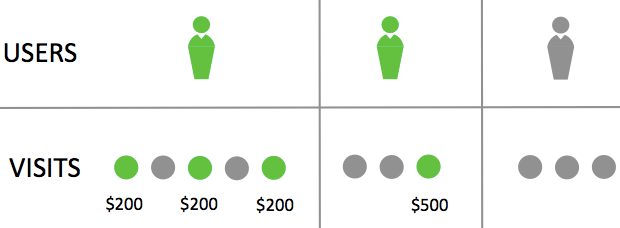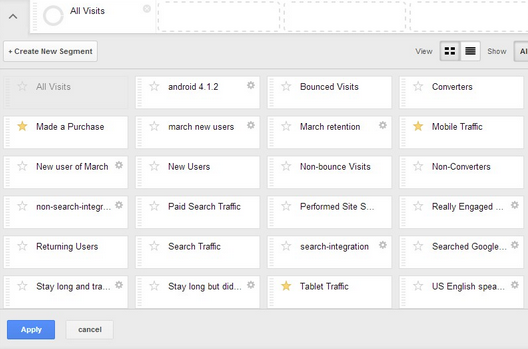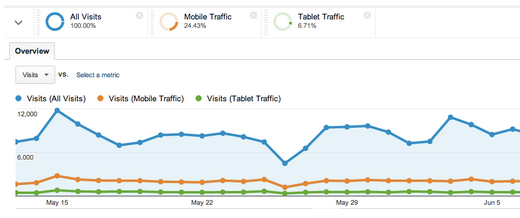Google today introduced a number of new segmentation features for Google Analytics that should make it easier for users to isolate and analyze subsets of their visitors or app users. Previously, segments were always based on individual visits. While that can be a useful metric, it doesn’t give you any real insights into the behavior of returning visitors. Now, Analytics users have the option to create user segments that allow them to select all of the visits of a user who fits into a pre-defined segment (based on behavior or demographics).
This update now also allows Analytics users to perform cohort analysis. Google says this allows you to “analyze the long-term benefit of specific groups of customers (for example, customers who first visited within a specified timeframe).” Say you want to look at the analytics data for all the people who first visited your site in December and spent more than $100 on it during the holidays. Previously, that was very hard to do, but now it’s just a matter of a few clicks.
All of this, of course, is only possible because Analytics can now track users across multiple session. This now allows Analytics users to create certain metrics based on user behavior during a single or multiple sessions (say somebody who viewed two pages in a row or who abandoned a shopping cart). This, Google Analytics evangelist Justin Cutroni notes, is especially useful “when you need to see how two actions, either concurrent or separate, impact behavior.”
To make these new features a bit more accessible, Google rolled out a refreshed user interface that takes some cues from the “cards” look the company is already using across many of its other products. The new look, Google writes, is meant to highlight “segmentation as a critical analytics technique with better visibility and readability.”
These updates will slowly roll out to all users over the next few months.


